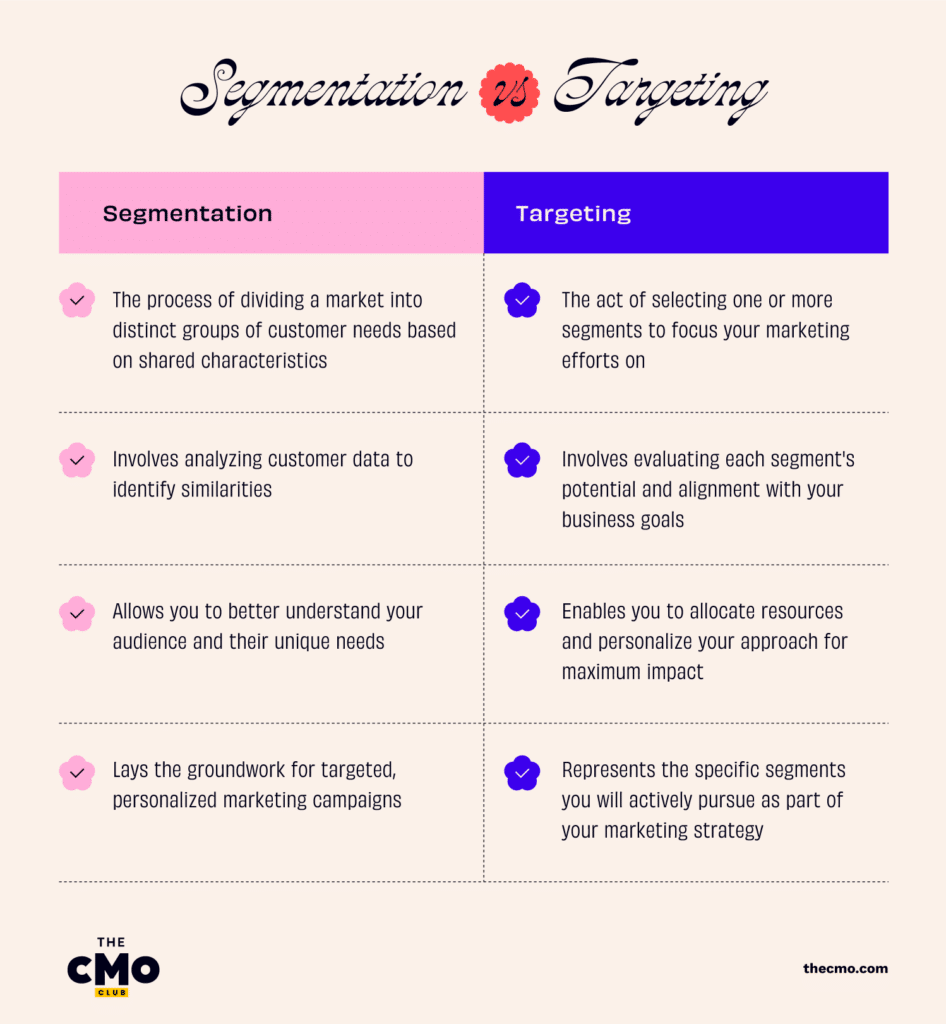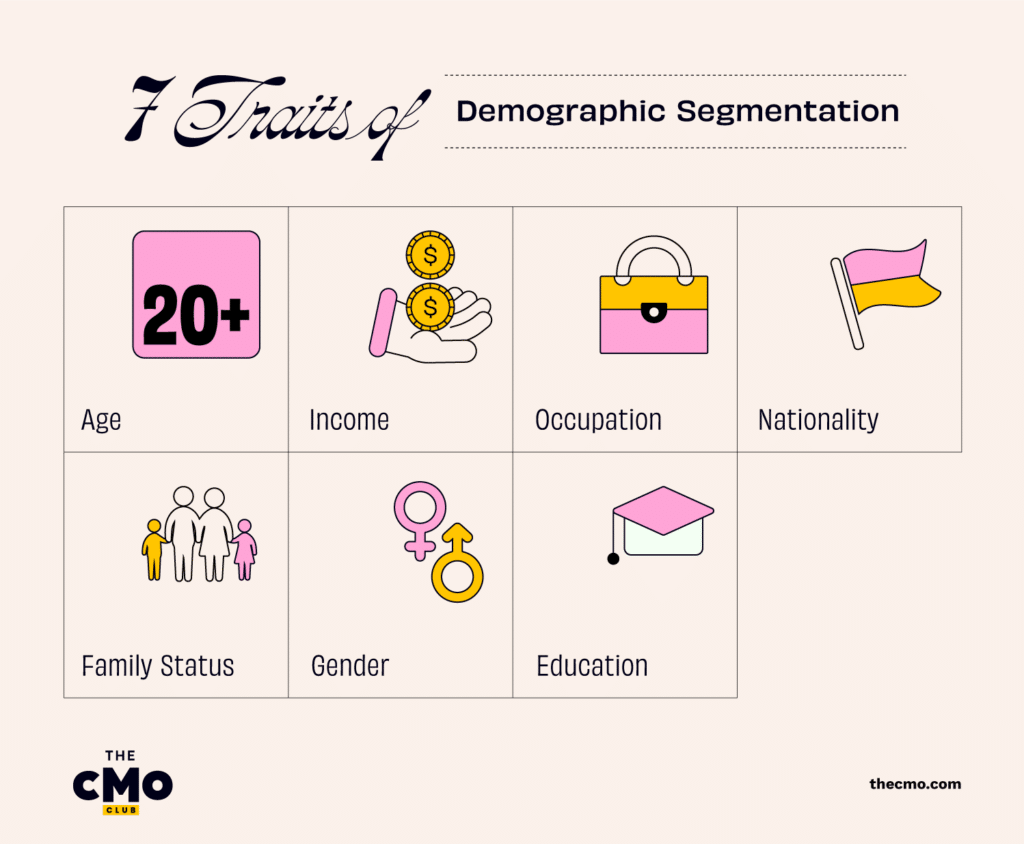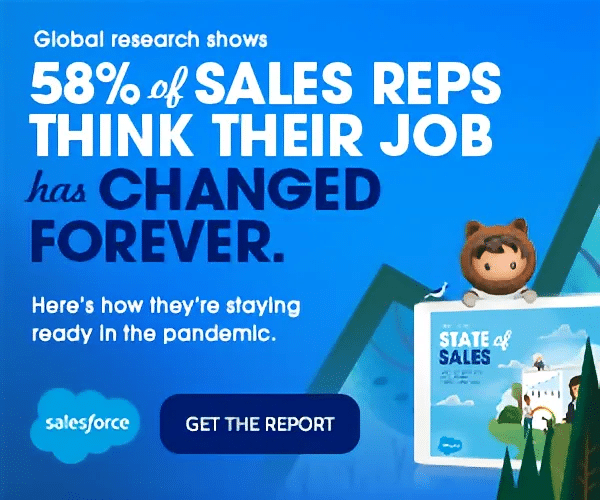As any marketing leader is likely to admit, you're always seeking new ways to better understand your target audience and reach them with personalized, impactful messaging. A powerful tool you can use to achieve this goal is demographic segmentation: the practice of dividing your customer base into distinct groups based on shared characteristics.
Mastering demographic segmentation can unlock all kinds of insights to inform your overall marketing strategy, from identifying your most valuable customer relationships to optimizing your campaigns for maximum engagement and conversion. In this article, I’ll explain what demographic segmentation is, which key variables to consider, and provide real-world examples of how leading SaaS brands are leveraging this segmentation to drive business growth.
What Is Demographic Segmentation?
Demographic segmentation is the process of dividing a target market into groups based on observable characteristics such as age, gender, income, education level, occupation, and family status. By identifying these shared attributes among subsets of your customer base, you can develop more personalized and effective campaigns that resonate with each unique segment.
Demographic segmentation is particularly valuable in account-based marketing (ABM), where the focus is on targeting high-value accounts with hyper-personalized outreach. Known to sales teams as target account selling, it’s all about analyzing the different demographic profiles of key decision-makers within your target account list so you can craft messaging that aligns with their specific needs, pain points, and priorities.
Segmentation vs targeting
It's important to understand the distinction between market segmentation and targeting, as these two concepts work hand-in-hand. Here are the differences:

Essentially, segmentation provides the insights you need to identify your most valuable audiences, while targeting determines which of those audiences (or segments) you will prioritize and how you will engage them. By using marketing segmentation software to leverage both strategies in tandem, you can maximize the efficiency and effectiveness of your marketing initiatives.
Demographic Segmentation Variables
Demographic data is the foundation of effective segmentation, as these observable characteristics provide rich insights into your target audience. There are several different variables you can use in demographic segmentation:

Age
Age is one of the most widely used customer segmentation criteria, as a customer's life stage often correlates with their needs, priorities, and buying behaviors. For example, younger consumers may be more interested in innovative features and peer recommendations, while older demographics place greater emphasis on reliability, ease of use, and customer support. Age groups to define generations like Gen Z and Baby Boomers also fall into this variable.
Gender
Gender can also be a significant factor in shaping product preferences and purchasing decisions. While this may be more obvious for some industries (like fashion or consumer-packaged goods, for instance) SaaS brands may find that certain features, pricing models, or marketing messages resonate better with male or female customers. Understanding these nuances allows you to tailor your approach accordingly.
Occupation and income
A customer's profession and income level can provide valuable insights into their budget, decision-making criteria, and willingness to invest in premium products or services. This information is particularly useful for B2B SaaS companies targeting specific industries or job functions, as factors such as high-income and low-income can factor into decision making.
Ethnicity and religion
Ethnicity, cultural background, and religious affiliation may influence a customer's values, communication preferences, and even their familiarity with certain technologies. Incorporating these demographic variables can help you create more culturally relevant and inclusive marketing.
Family Structure
Looking at a potential customer's marital status and family size is another variable to consider. Whether a customer is single, married, or has children can shape their lifestyle, responsibilities, and purchasing habits. SaaS brands that cater to families, for instance, may emphasize features like parental controls or family plan pricing.
By analyzing these key demographic variables, you can develop a deeper understanding of your target audience and create segmentation strategies that drive meaningful engagement and conversion rates.
Importance Of Demographics In Your Segmentation Strategy
Demographic data is a critical component of an audience segmentation strategy, as it provides specific insights into your target audience that can inform every aspect of your marketing efforts.
By analyzing demographic variables like age, gender, occupation, and income level, you can create highly detailed customer personas that bring your target segments to life. These personas help you understand your buyers' unique needs, pain points, and purchasing behaviors, enabling you to craft personalized ads, messaging and experiences that truly resonate.
Demographic data empowers you to hyper-target your marketing campaigns, ensuring your content, offers, and calls-to-action align with the specific characteristics and preferences of each segment. This level of personalization also then drives higher engagement, conversions, and ROI.
Examples Of Demographic Segmentation
Let's take a closer look at a few real-world examples that demonstrate the impact of effective demographic segmentation:
1. Salesforce targeting sales reps

Salesforce, the leading CRM platform, is known for its strategic demographic targeting, specifically by occupation. One of their key segments is sales reps who often use their software, so in this example, Salesforce uses data pertaining to sales reps to relate to the customer experience. The visuals and messaging prominently capture the attention of sales reps, identify a problem that they relate to, and clearly provide a solution with a CTA to a full report.
2. HubSpot targeting social media managers


HubSpot, the inbound marketing and sales platform, has also found great success targeting younger marketing professionals—particularly those in the millennial demographic—working in social media marketing. In their advertising and social media content, HubSpot leverages a modern, vibrant aesthetic and casual, relatable tone that resonates with this digitally-native audience.
3. Grammarly targeting college students

As an AI-powered writing assistant, Grammarly has found great success targeting college students as a key demographic. In their advertising, Grammarly emphasizes features that directly address the pain points of this audience, such as improving academic writing, catching plagiarism, and adding citations. The message is clear and relatable, including a visual example of how their product can provide a solution for this specific demographic.
These are just a few visual examples that can spark your next campaign. It’s always good to consider essential ABM best practices when thinking about designing a robust ABM program that is successful.
Tips For Gathering Demographic Data
Obtaining accurate and comprehensive demographic data is essential for building effective segmentation strategies. Some of the key methods marketers can use to capture this valuable information include:
Forms and surveys
One of the most direct ways to gather demographic data is by adding targeted questions into your website forms, account registration flows, and customer surveys. This first-party data, provided directly by your customers, can include details like age, gender, occupation, income level, and family status. Be sure to keep these data collection touchpoints concise and easy to complete to drive high response rates.
Browser cookies and mobile apps
In addition to first-party data, you can also collect data by leveraging third-party demographic insights obtained through browser cookies, mobile app analytics, and other digital tracking tools. While this data may not be as detailed as self-reported information, it can still provide valuable signals around your customers' age ranges, geographic locations, device usage, and more. Just be mindful of privacy regulations and obtain proper consent when collecting these types of data points.
Public information
Finally, don't overlook the wealth of demographic data available in the public domain. Industry reports, census data, and even social media accounts can offer insightful context about your target audience's characteristics, consumer behaviors, and preferences. Integrating these public data sources with your first-party and third-party information can paint an even more comprehensive picture of your customers.
Additional Market Segmentation Techniques
While demographic segmentation provides a valuable foundation, there are also several other types of market segmentation that marketers can leverage to gain a more holistic view of their target audience. The most popular include:
Geographic segmentation
Geographic segmentation involves dividing customers based on their physical location, whether that's by country, region, state, city, or even neighborhood. This can be useful for SaaS companies with locally-tailored products or those looking to expand into new geographic markets. Factors like population density, climate, and local regulations can all impact buying behavior and should be considered.
Psychographic segmentation
Psychographic segmentation focuses on the internal characteristics that shape a customer's attitudes, values, interests, and lifestyles. This includes personality traits, hobbies, social class, and broader cultural influences. By understanding the deeper psychological drivers behind purchasing decisions, SaaS brands can craft messaging that resonates on an emotional level and reinforces their brand positioning.
Behavioral segmentation
Behavioral segmentation analyzes customer actions and usage patterns to group them based on their digital behaviors. This can include website engagement, content consumption, feature utilization, subscription plans, and more. Identifying these behavioral trends allows SaaS companies to personalize the user experience, optimize product roadmaps, and develop targeted cross-selling or upselling strategies.
Join For More Targeted Insights
In this detailed look at demographic segmentation, it’s clear that you can leverage valuable customer data to craft highly personalized and impactful campaigns that help improve customer satisfaction and customer loyalty.
To quickly recap the key takeaways:
- Demographic segmentation provides the rich insights needed to develop accurate buyer personas and optimize your marketing for maximum relevance. Marketing segmentation software can help you do this.
- Gathering first-party, third-party, and public data sources can paint a complete picture of your audience's characteristics, behaviors, and psychographics.
- Combining demographic analysis with other segmentation techniques, such as geographic and behavioral, delivers a truly holistic view of your target market.
If you're looking to take a deeper dive into the world of ABM and audience segmentation, subscribe to The CMO newsletter for more best practices.


